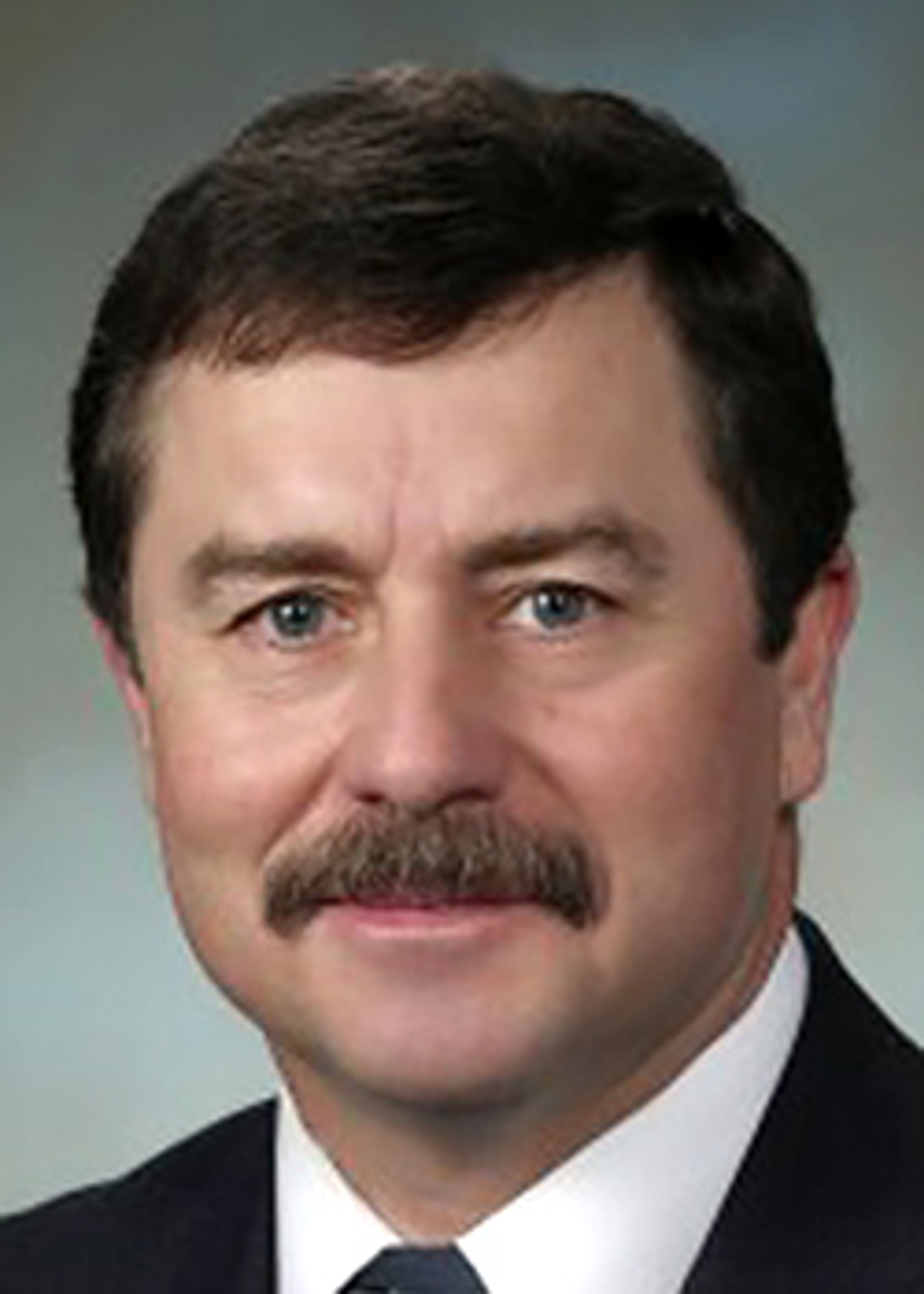Late-1800s photos capture unique look at American mining
Carleton E. Watkins is widely regarded as one of the foremost pioneers of American landscape photography, best known for his large-plate images that captured the scale and beauty of the American West. His iconic photographs of places like Yosemite Valley helped to promote the early conservation movement, influencing the establishment of national parks.
Watkins’ lesser-known commercial work filled an important role in his portfolio, too, namely helping provide for his family. One such assignment took Watkins to Butte, Mont., in 1890, and nearly 100 years later those photographs ended up in the University of Idaho Library’s Special Collections and Archives.
A group of prominent businessmen with stakes in the Anaconda Mining Company hired Watkins to develop photographic evidence of the immense productive capacity of copper mines in their holdings. At the time, European copper mining posed a major threat to the prosperity of American interests. If Anaconda’s owners could demonstrate to their counterparts that there was enough copper in the Butte Mining District to flood the market, the rivals might be able to compromise on production limits. Watkins spent three months in west-central Montana, applying his considerable skills to scenes that could scarcely be more different than his landscapes of Half Dome or El Capitan.
The mining photographs commissioned by Anaconda Mining Co, along with Watkins’ other commercial images, provide invaluable documentation of industrial practices, worker safety and environmental change of the period. Watkins managed to capture remarkable photos of the underground mines, using a combination of electric and flash lighting to illuminate the dark, claustrophobic spaces.
Though the photos that include workers were necessarily staged, they provide an invaluable glimpse into the realities of thousands of miners who contributed their labor, and sometimes their lives, to America’s industrial growth.
While Watkins’ commercial photography has appreciated in artistic value over the last century, in 1890 he felt little affection for the assignment. Letters sent to his wife in San Francisco recorded his hardships, which included living in a drafty railroad car, lacking adequate food, persistent hip and foot pain, and general homesickness.
The working conditions of the mine presented further challenges, not least of which was how to create enough light 1,000 feet underground to capture a scene on glass negatives. It is likely that by 1890 Watkins was also beginning to lose his sight, a condition that forced him into retirement by the middle of the decade.
How the oversize portfolio of eighty original Carleton Watkins photographs came to reside on the Palouse is a bit of a mystery. Most of Watkins original work had been lost in the 1906 San Francisco earthquake and subsequent fire, which destroyed his studio.
Sometime in the mid-1980s, however, noted Idaho writer Cort Conely found the portfolio in Berkeley, Calif. It is unknown how the portfolio survived the disaster, or where Conely came across it, but in 1994 he donated it to the University of Idaho Library.
To enhance access to these remarkable photos, a digital collection was created to share digital versions of each image. Visit lib.uidaho.edu/digital/watkins to explore the collection, including organizing them by depth so that a viewer can imagine descending into the mine as Watkins did.
Kersting-Lark is the head of special collections and archives at the University of Idaho libraries.












